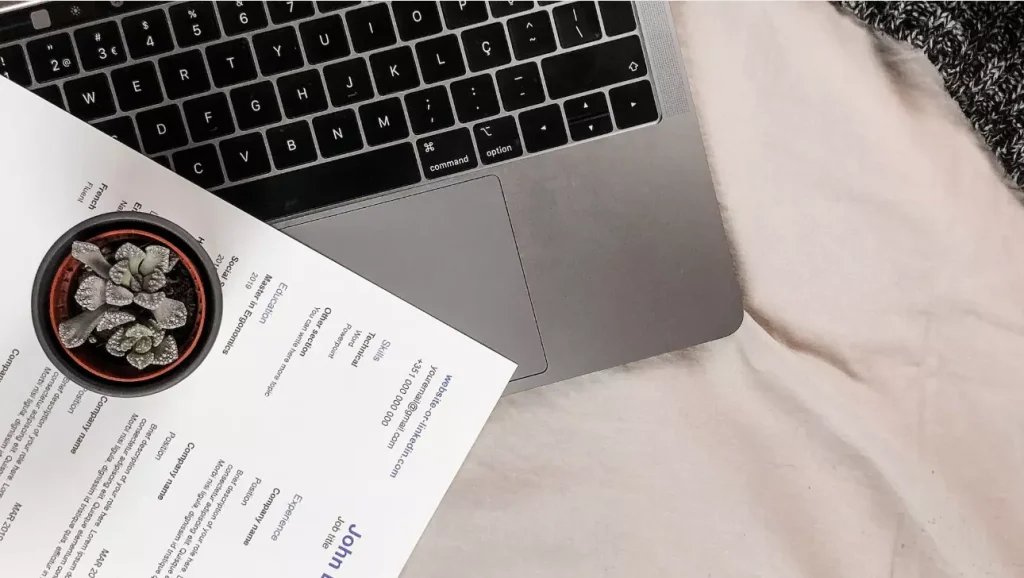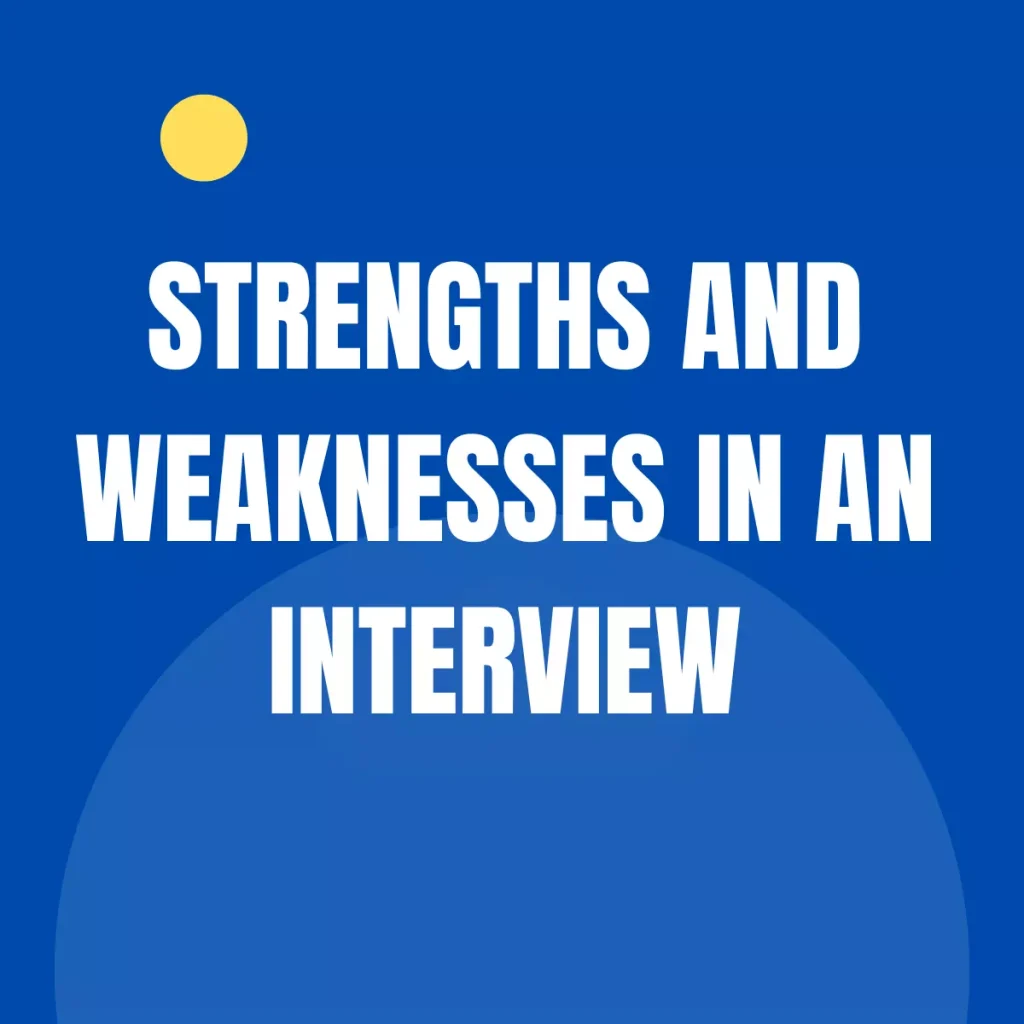Introduction:
As the field of e-commerce user experience (UX) design continues to grow, so does the competition for job opportunities. To stand out from the crowd, it is crucial for job seekers in this field to have a well-crafted resume. A strong resume not only highlights your skills and experience but also showcases your ability to create intuitive and engaging user experiences. To help you create a standout resume, here are some essential tips specifically tailored for job seekers in the e-commerce UX design field.
10 FAQs about Resume Tips for Job Seekers in the E-commerce User Experience (UX) Design Field:
1. What should be included in a resume for a UX design role in e-commerce?
Rather than focusing on a generic resume, tailor it to highlight relevant skills such as wireframing, prototyping, user research, interaction design, and familiarity with e-commerce platforms.
2. Should I include my portfolio in my resume?
While it’s important to showcase your portfolio, a resume is not the ideal place for it. Instead, provide a link to your online portfolio or attach it separately when submitting your application.
3. How important is it to have a visually appealing resume?
As a UX designer, your resume should demonstrate your design skills. Use clean and visually appealing layouts, typography, and graphics to showcase your sense of aesthetics and attention to detail.
4. Should I include every project I’ve worked on in my resume?
No, you should select and highlight projects that are relevant to the job you are applying for. Focus on those that showcase your skills and achievements in the field of e-commerce UX design.
5. How can I showcase my UX design process on my resume?
Include a brief description of your design process, highlighting key steps such as user research, wireframing, prototyping, and usability testing. This showcases your understanding of the UX design lifecycle.
6. Can I include freelance or side projects in my resume?
Absolutely! Including freelance or side projects can demonstrate your passion and continuous learning. Be sure to highlight the skills and achievements gained from these projects.
7. Should I include any certifications or courses in my resume?
Yes, adding relevant certifications or completed courses can strengthen your resume. Mention any certifications in UX design, usability testing, or e-commerce platforms to showcase your expertise in the field.
8. How long should my resume be for a UX design role in e-commerce?
Keep your resume concise and relevant. Ideally, it should be one page long, especially if you are a recent graduate or have limited experience. For more experienced professionals, two pages may be acceptable.
9. What are some common mistakes to avoid in a resume for UX design roles?
Avoid using generic templates, including irrelevant job experiences, or neglecting to proofread for errors. Your resume should be tailored to the specific job you are applying for.
10. Should I include references in my resume?
References are typically not included on a resume. Instead, have a separate reference document ready, and provide it upon request during the interview process.
Conclusion:
Crafting an effective resume for a UX design role in e-commerce requires careful consideration of the skills, experiences, and achievements that are most relevant to the industry. By tailoring your resume to highlight these key points and adhering to good design practices, you can increase your chances of standing out from the competition. Don’t forget to keep it concise, visually appealing, and error-free. Remember, your resume is your first opportunity to make a positive impression on potential employers, so make it count!




